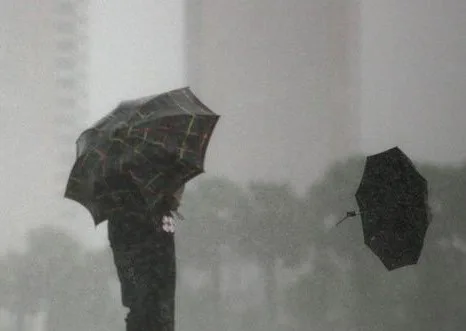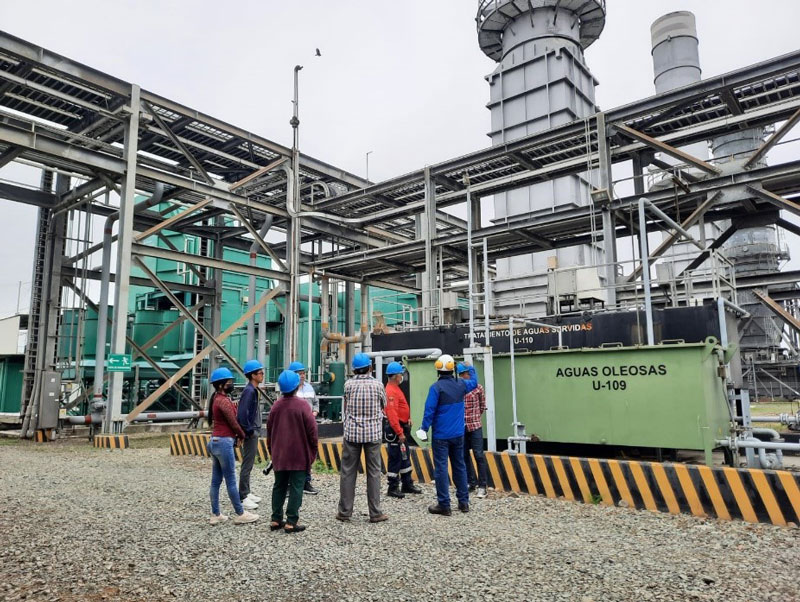Recent rainfall is welcome but forecasters are not predicting an end to the drought
The National Institute of Meteorology (Inamhi) reported moderate to heavy rain over most of southern Ecuador Tuesday and predicted more to come through the end of the week. In a statement, Inamhi reported the rainfall has increased the level of the Paute River that feeds the country’s largest complex of hydroelectric generation plants.

Tuesday’s rainstorms, some of them with high winds, were welcomed in much of Ecuador but will they continue?
Despite yesterday’s showers, Meteorologist Mónica Oñate says the drought that has affected the country for more than 10 months is not over. “The climate has not returned to the seasonal norms and the current transition from El Niño to La Niña conditions is complicating short-term change,” she said. “We briefly recorded above average rainfall in January and early February but have returned to drought conditions since then.”
She also said that rainfall totals were near normal in coastal provinces through March but have since dropped. “Of course our immediate concern is rainfall in the sierra and inter-Andean valley since this is where most of the country’s hydroelectric facilities are located.”
According to Oñate, Ecuador’s weather involves a “delicate balance” between a number of meteorological factors. “We are located in what is called the inter-tropical convergence zone, which means our weather is influenced by conditions in both the northern and southern hemispheres,” she says. “We don’t receive the low-pressure weather fronts that move across long distances at the higher latitudes. We depend on such factors as ocean currents and slow-moving air masses that are hard to predict.”
 She added: “We also depend on the interplay of temperature and humidity variants between the Pacific Ocean, the Andes and the Amazon. The Humboldt Current, or Antarctic Current, for example, plays a big role in our temperatures. When it has a stronger flow, from June to September, our temperatures are lower and then they rise when the flow diminishes.”
She added: “We also depend on the interplay of temperature and humidity variants between the Pacific Ocean, the Andes and the Amazon. The Humboldt Current, or Antarctic Current, for example, plays a big role in our temperatures. When it has a stronger flow, from June to September, our temperatures are lower and then they rise when the flow diminishes.”
Oñate also says it is difficult to predict the impact of El Niños and La Niñas. “We worried that the El Niño would produce floods on the coast but these were not as severe as we had feared,” she says. “On the other hand, the prediction of drought in the sierra was correct, which is part of our problem today.”
The current drought is the most prolonged since the late 1960s, Oñate says, pointing out that Colombia and Peru are experiencing similar conditions. “Yes, we are encouraged by the rains of recent days and pray that they continue,” she said. “Looking forward, we have to consider La Niña and how it will behave, and other factors. Of major concern is that the dry season begins in mid-June and if we do not receive good rainfall before then, the rivers that feed the power plants will not be replenished.”

















